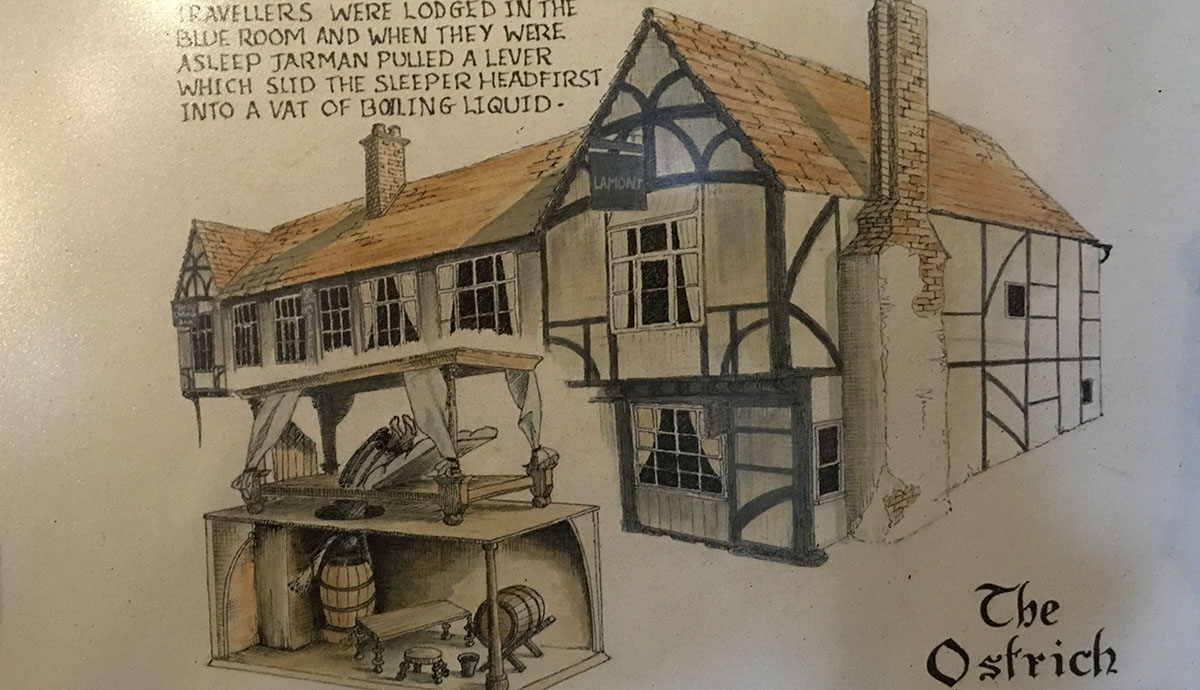
Inspiration for White Hart Inn
For The Revenant, the initial idea of that a nefarious innkeeper might be behind a series of murders came after a visit in 2016 to the Ostrich Inn of Colnbrook near London. According to local legend, the landlord, Jarman, and his wife were responsible for at least 60 deaths during the 14th century. They would ply unsuspecting wealthy travelers with alcohol until they grew sleepy and were ready to retire. The traveler would be directed to the "blue room," which had a specially-prepared bed. When the traveler was asleep, Jarman would pull a lever ...
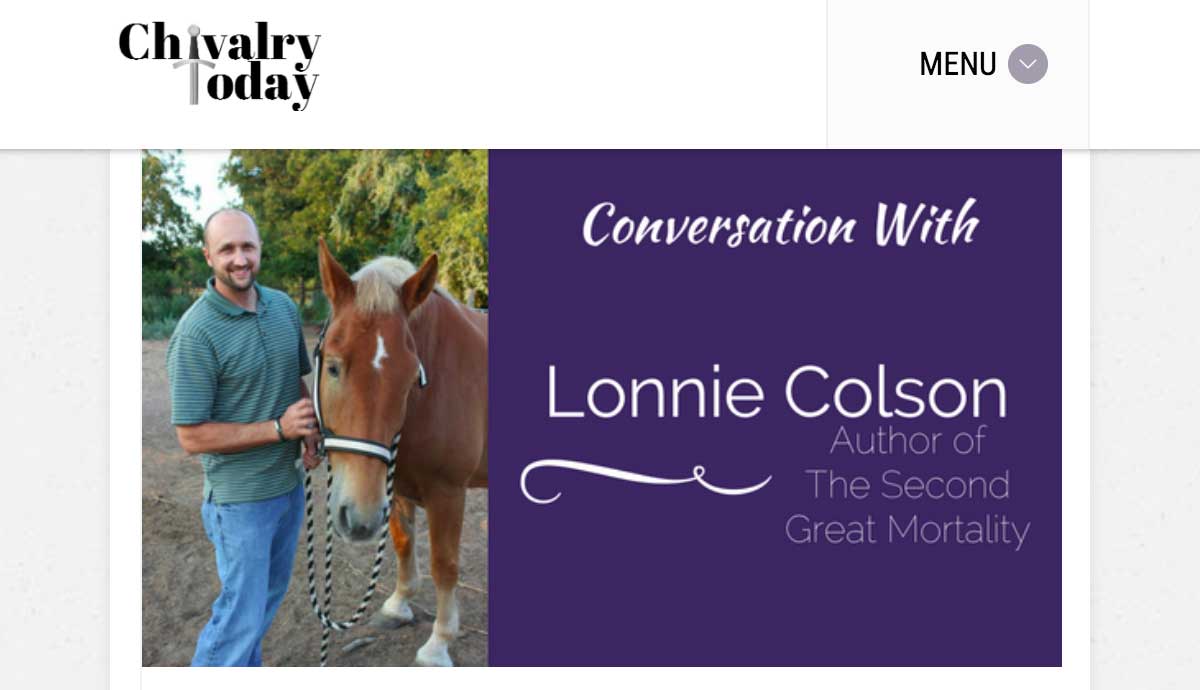
Chivalry Today Podcast Interview
From the October 2016 episode of Chivalry Today podcast: "Conversation #15 with author Lonnie Colson, author of The Second Great Mortality, a zombie apocalypse novel set in 15th century England. If zombie tales force us to confront the thin veneer of civility and humanity we live with in the modern world, what can a medieval zombie uprising teach us about the ideals of chivalry in 15th century culture (as well as today)? The Second Great Mortality is the perfect read for any medieval history enthusiast this Halloween season."
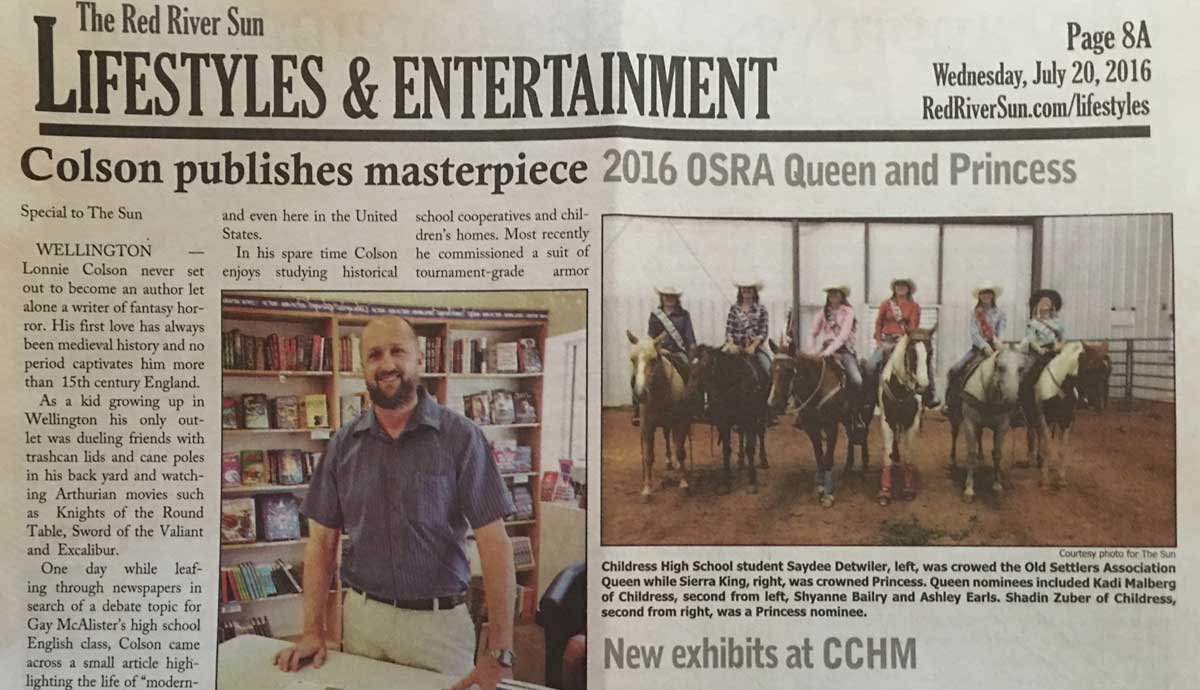
The Sun: Colson publishes masterpiece
WELLINGTON — Lonnie Colson never set out to become an author let alone a writer of fantasy horror. His first love has always been medieval history, and no period captivates him more than fifteenth-century England. As a kid growing up in Wellington, his only outlet was dueling friends with trashcan lids and cane poles in his back yard and watching Arthurian movies such as Knights of the Round Table, Sword of the Valiant, and Excalibur. One day while leafing through newspapers in search of a debate topic for English class ...
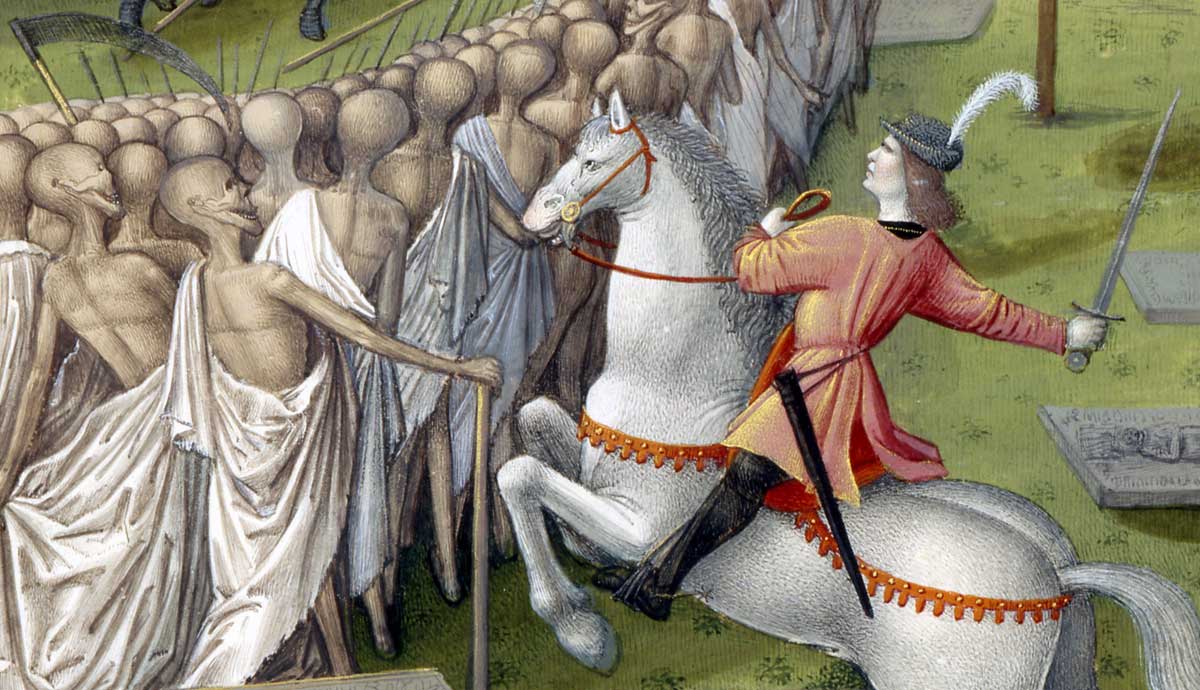
May 2: The Second Great Mortality
My first full-length novel, THE SECOND GREAT MORTALITY, is set to be released on May 2, 2016. It is an intriguing blend of historical fiction, adventure and horror that should appeal to fans of Bernard Cornwell’s Winter King and AMC’s The Walking Dead. Synopsis: The year is 1436. Sir Richard de Colleville is out hunting with his son when their hounds come upon a pale stranger savagely gnawing the neck of a fawn. Thinking the stranger deranged or simply starving, Richard’s men intervene only to be viciously attacked. ...
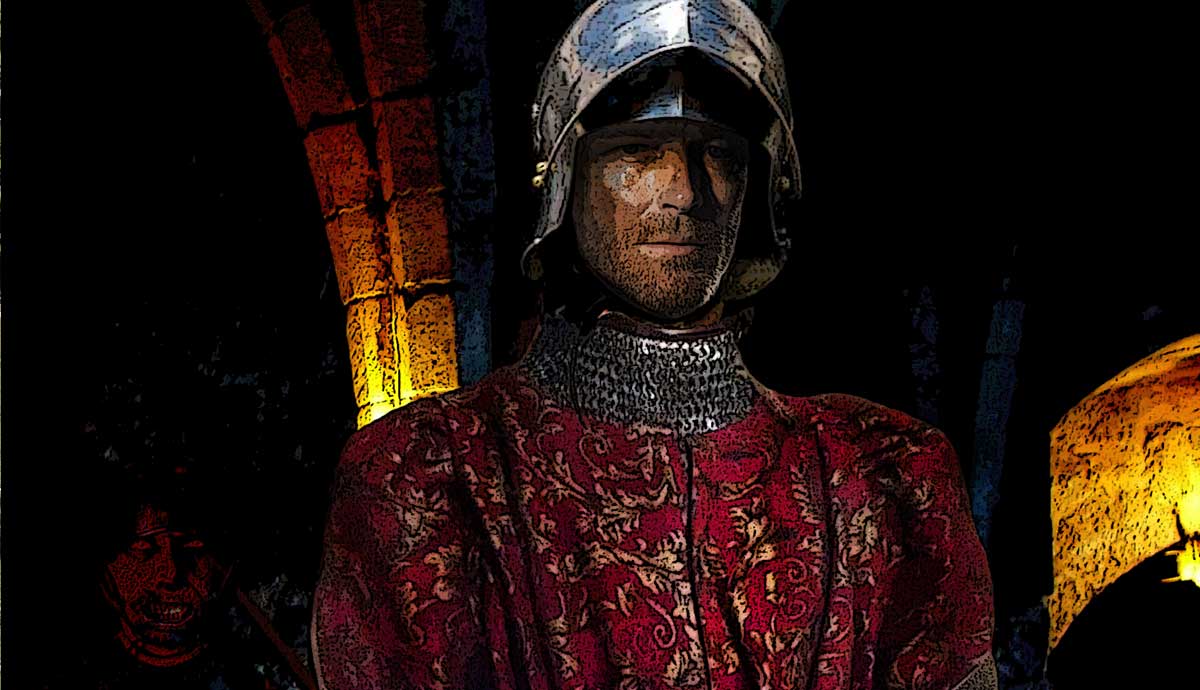
My First Medieval Horror Story
As a long-time fan of the science-fiction/horror genre, I always loved a good zombie movie. In recent years, the threat of a Zombie Apocalypse has become something of a running joke around the water cooler at work. Most good southern boys agree the hardest thing will be pretending not to be too excited. Of course, the modern storyline always revolves around having enough guns and ammunition to survive. As a major Medieval enthusiast every time I see a character flailing away at one of the recently un-deceased only to be bitten ...
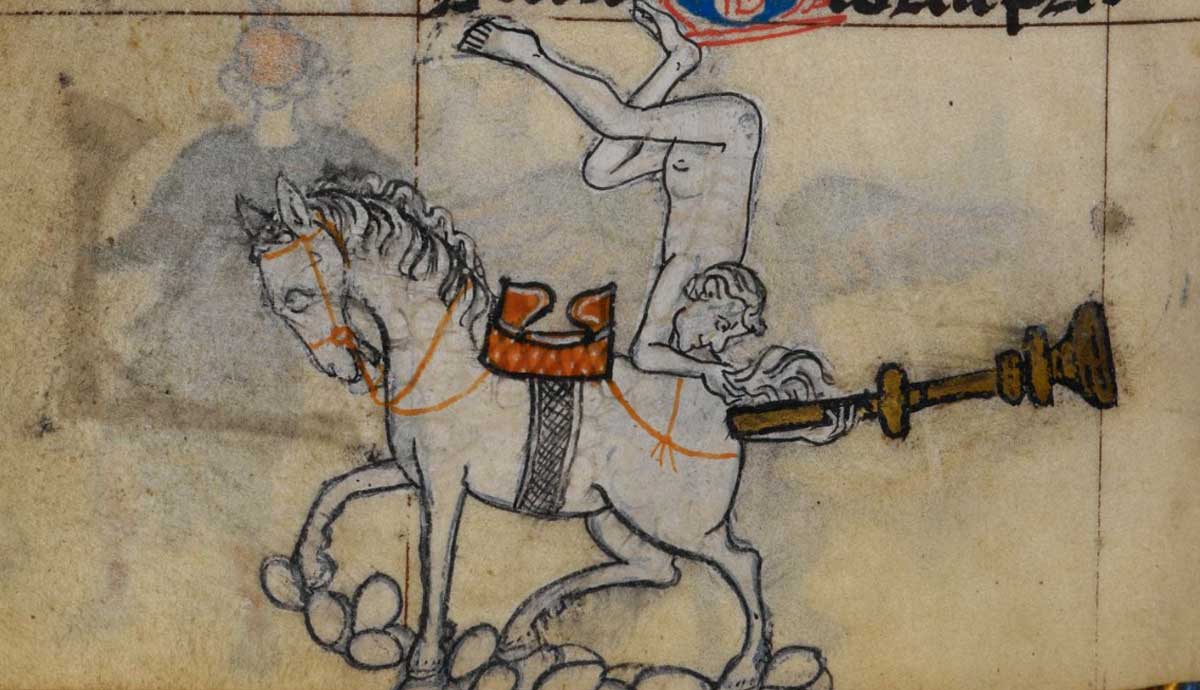
Profanities for a More Polite Society
It is impossible to tell a good story without dialogue, and believable dialogue requires a liberal dose of exclamations and interjections. Everyone from a pious priest to a salty sailor uses them to some degree—even your dear old grandmother. Stub your toe, mash your finger, or get cut off in traffic and there is a good chance you are going to shout something. The more colorful the exclamation, the more objectionable it will be considered in polite company. It was not until I became a father that I began to recognize the degree to ...
